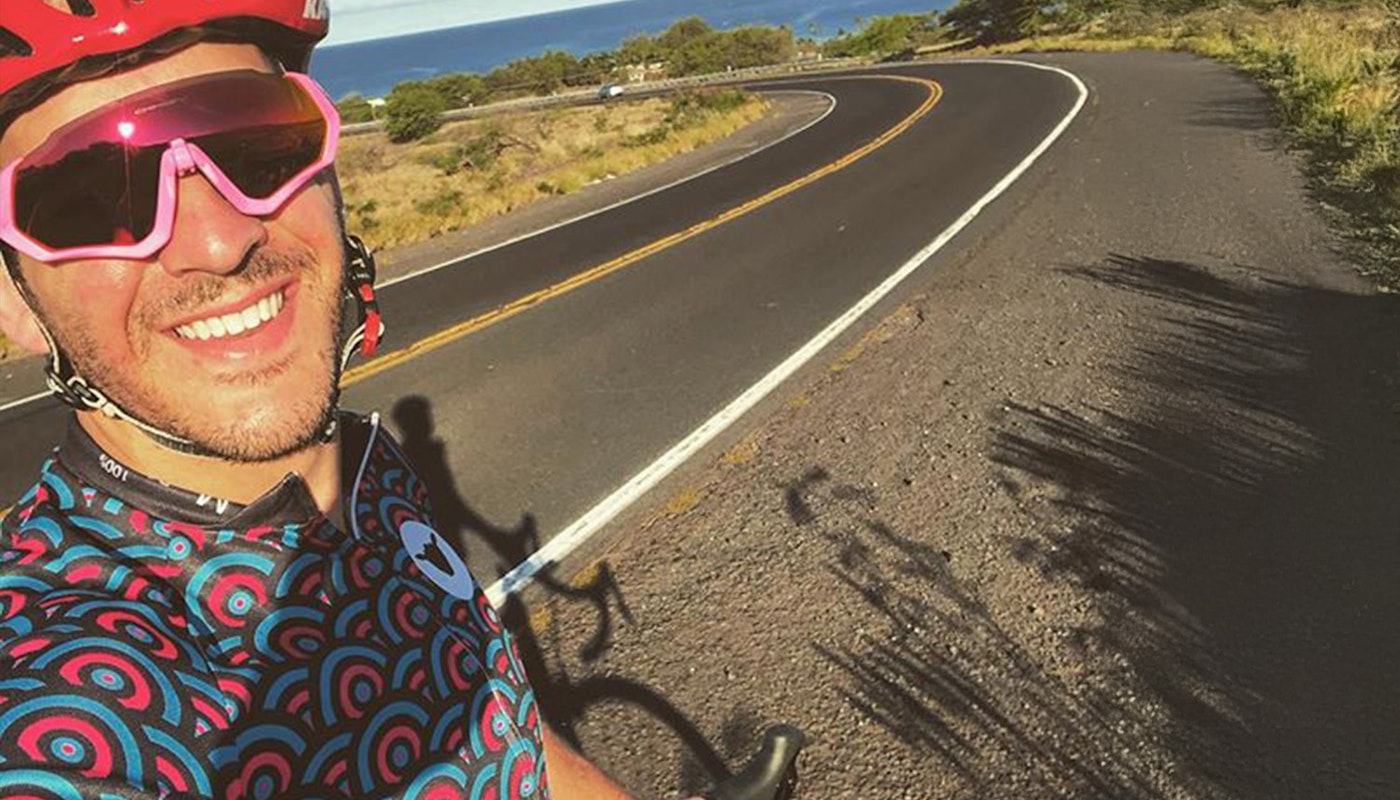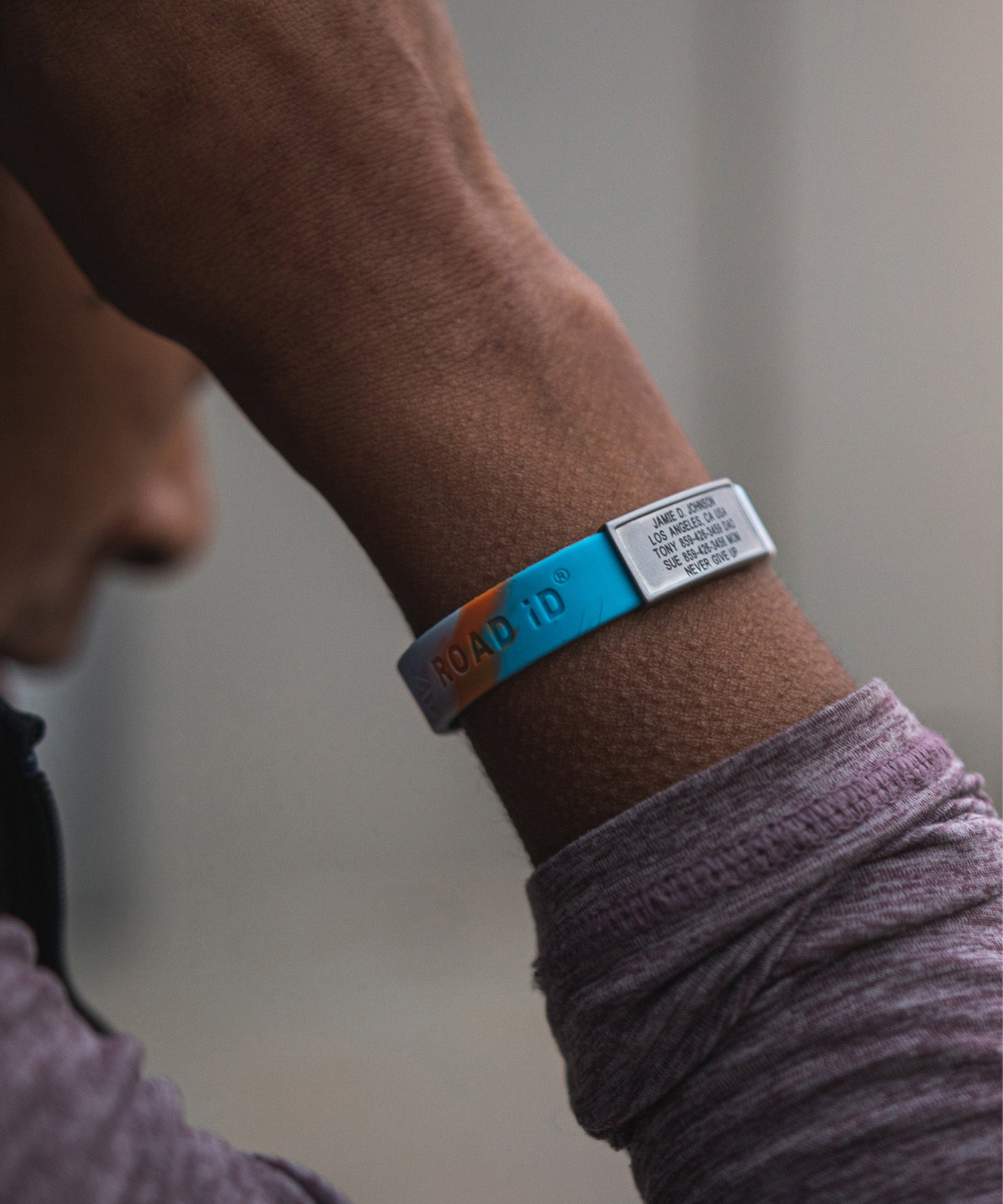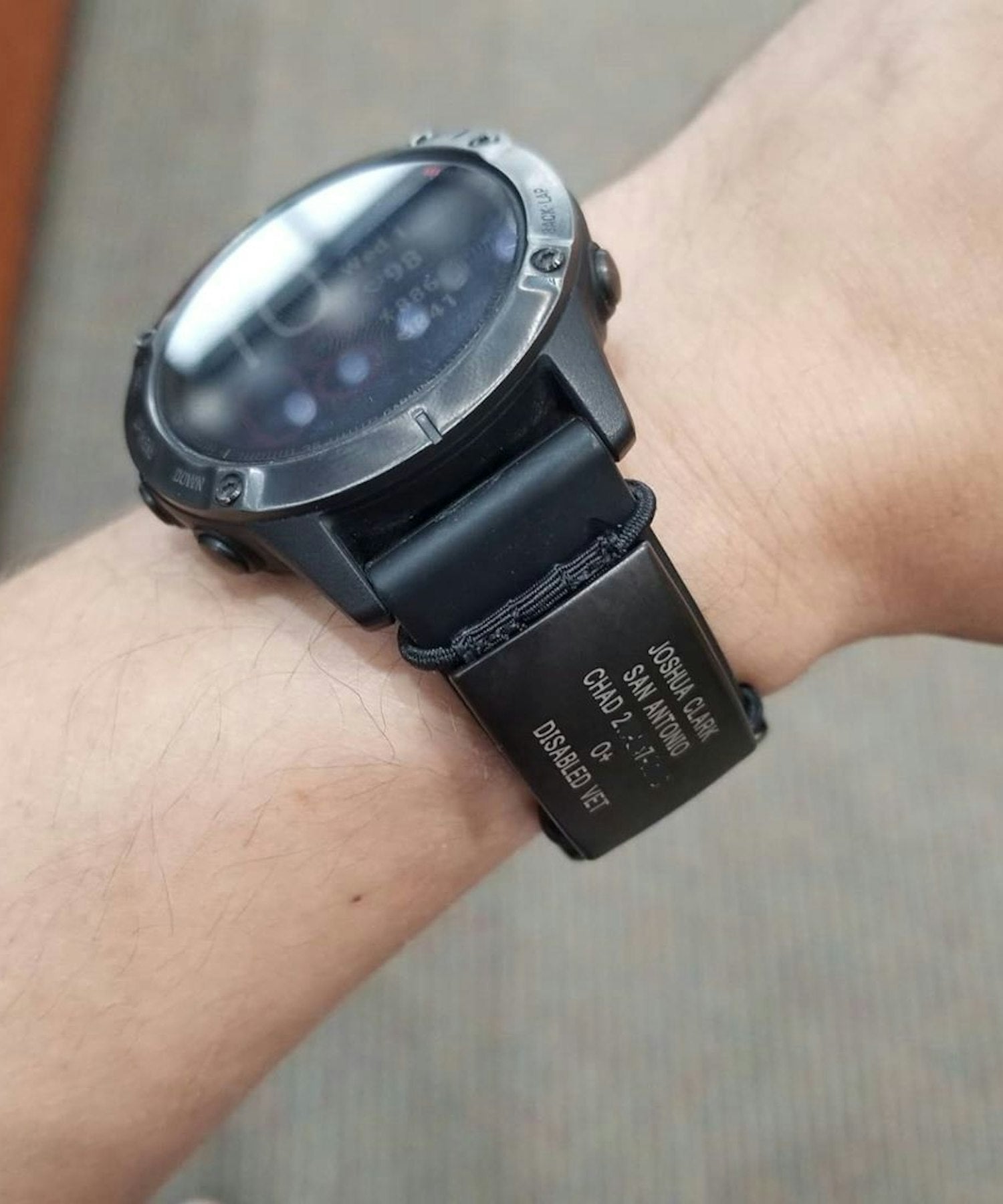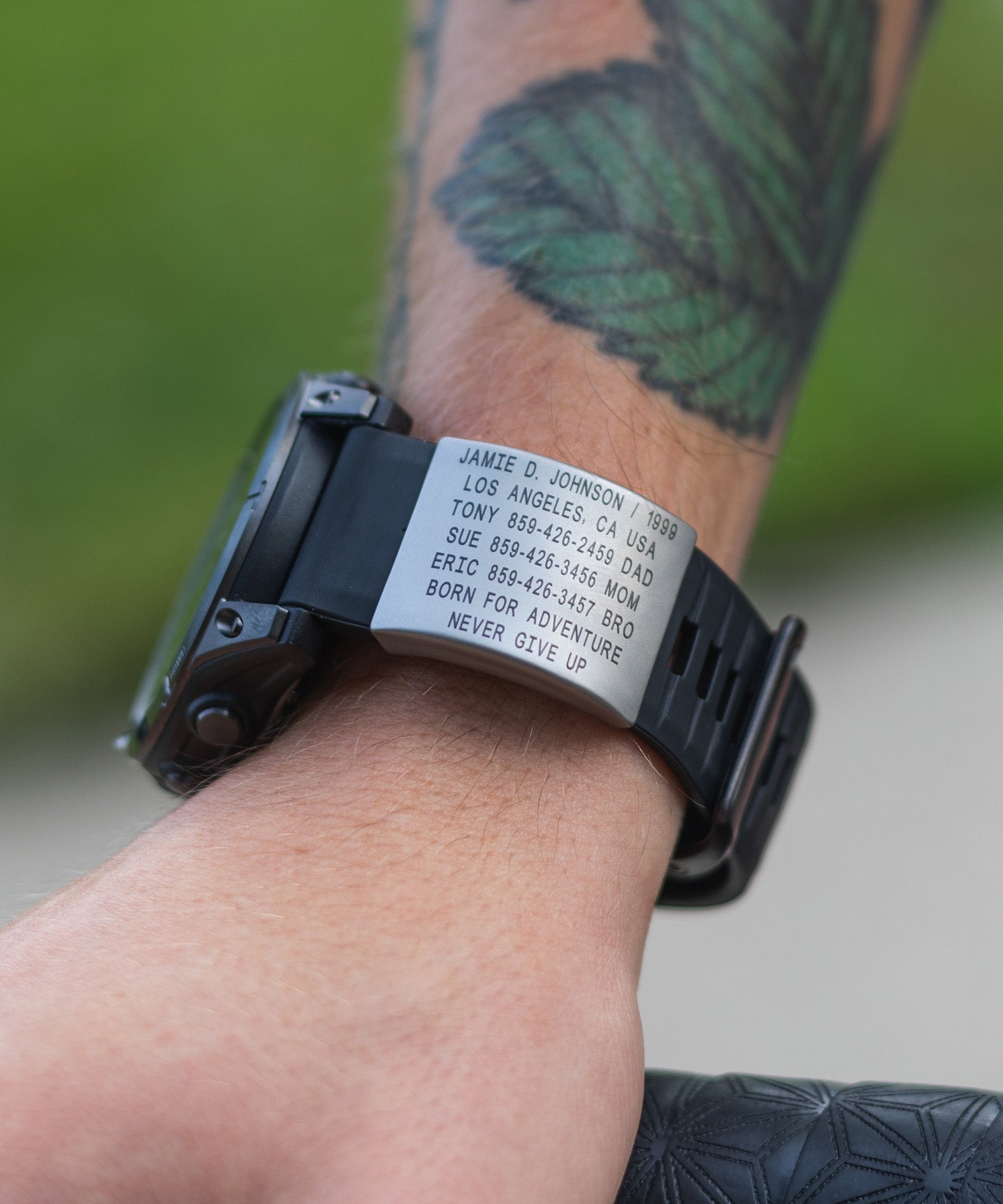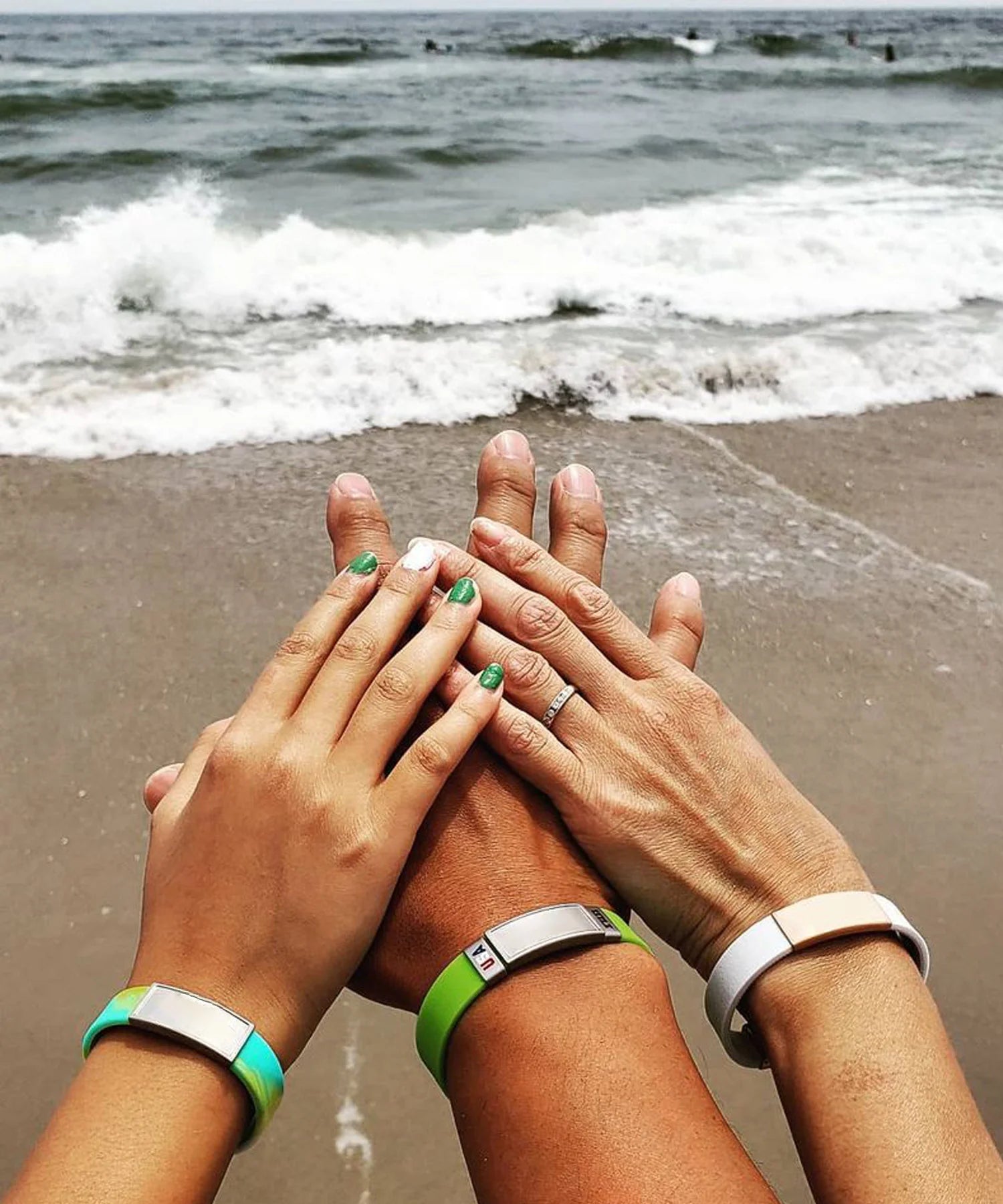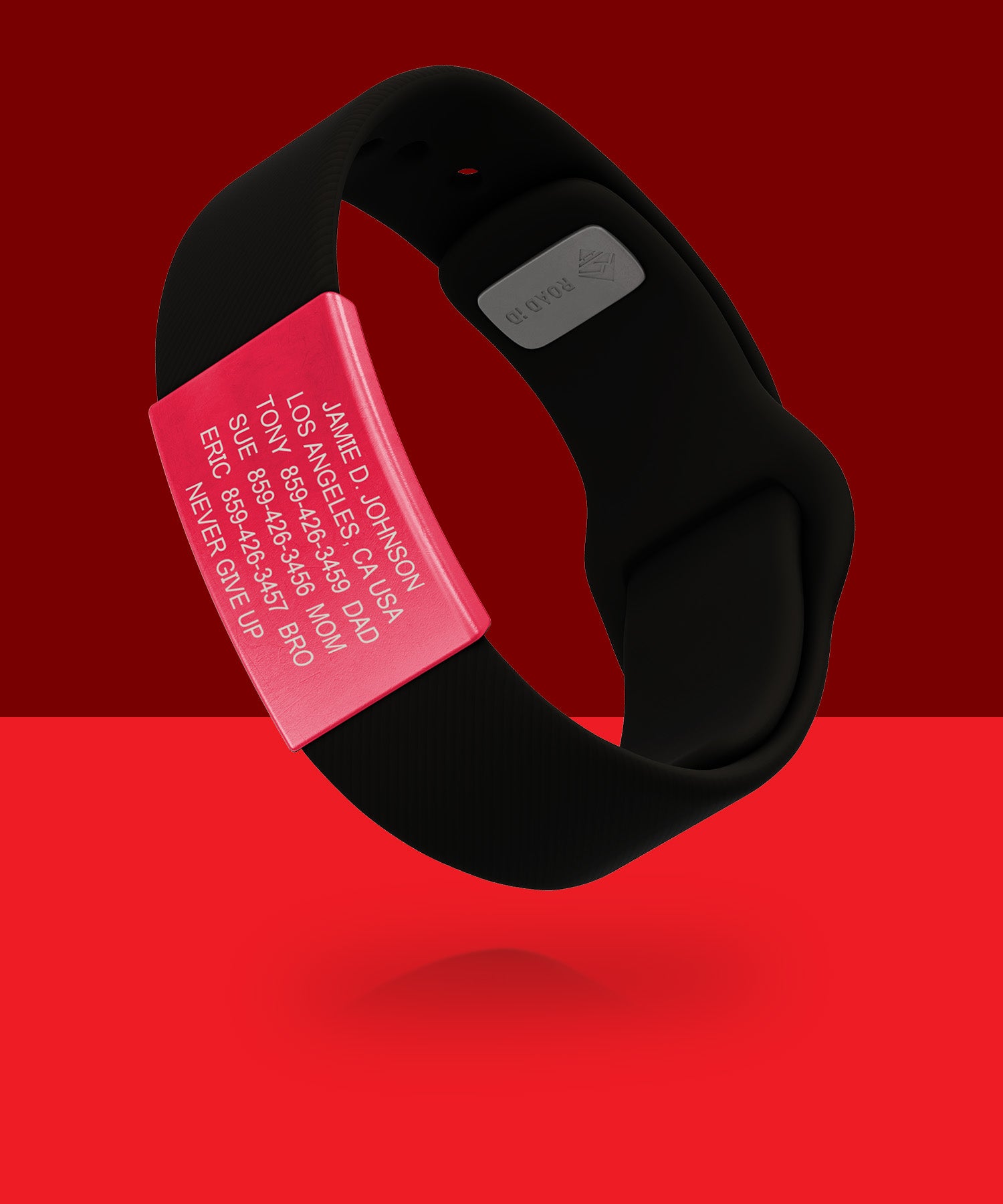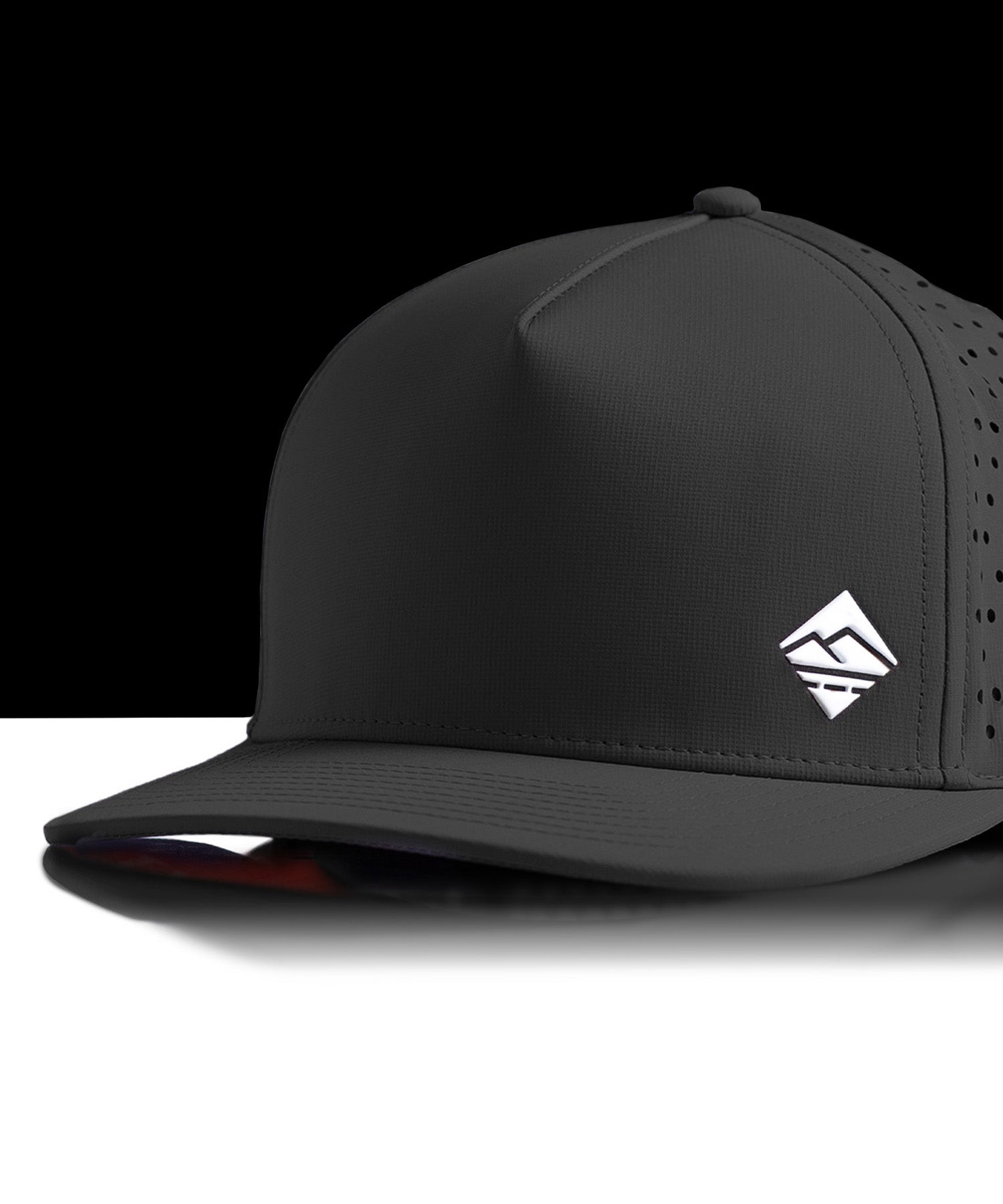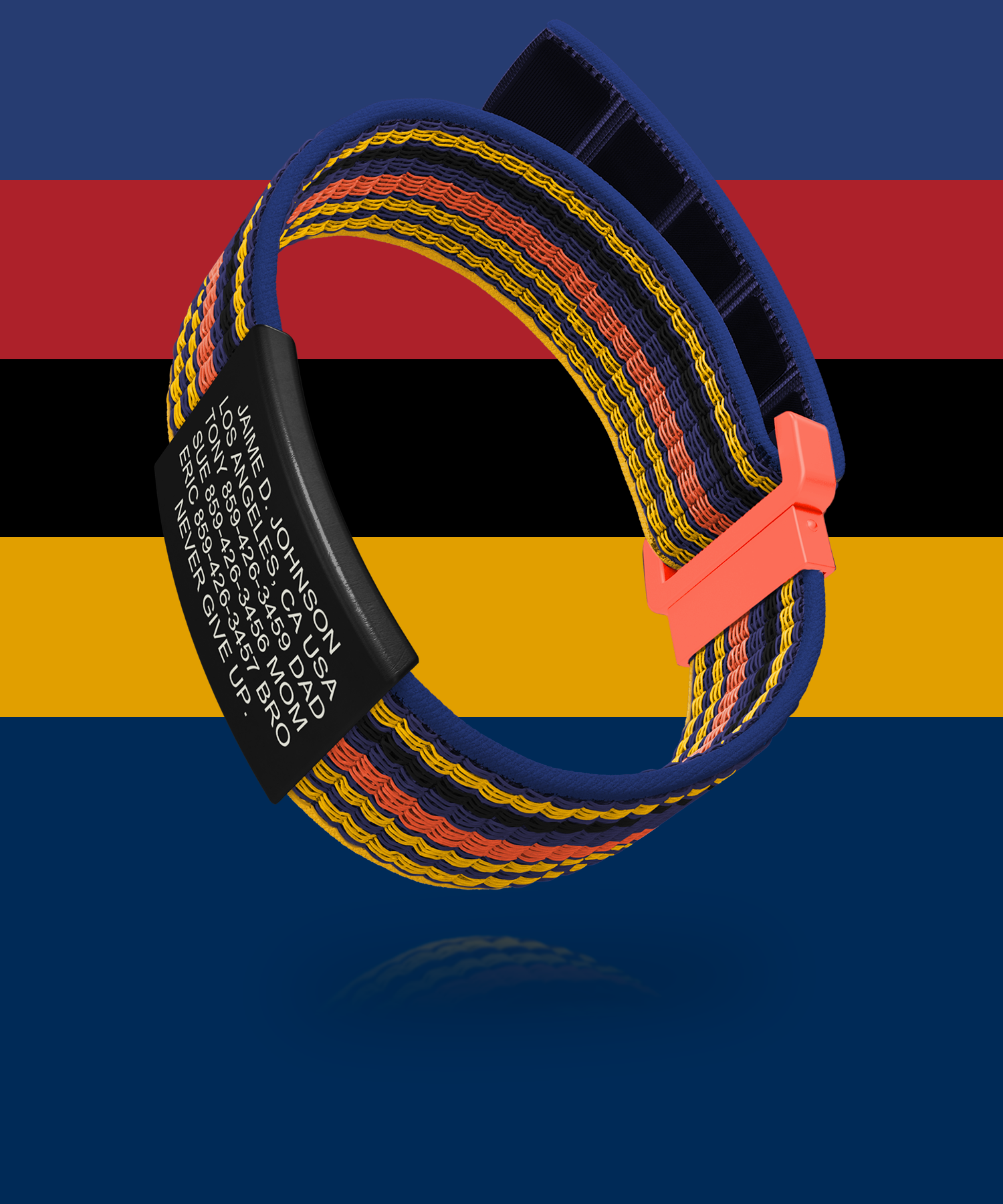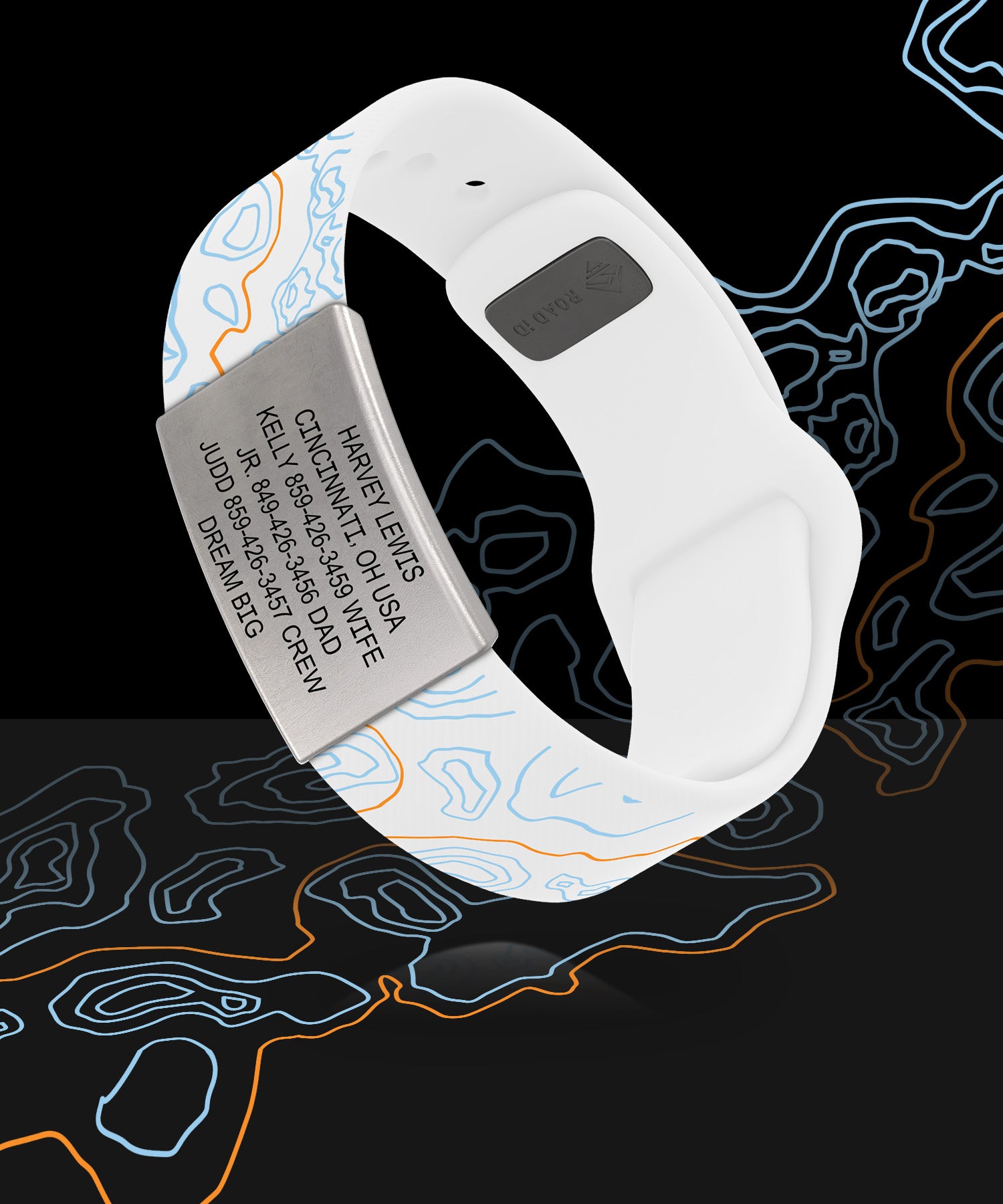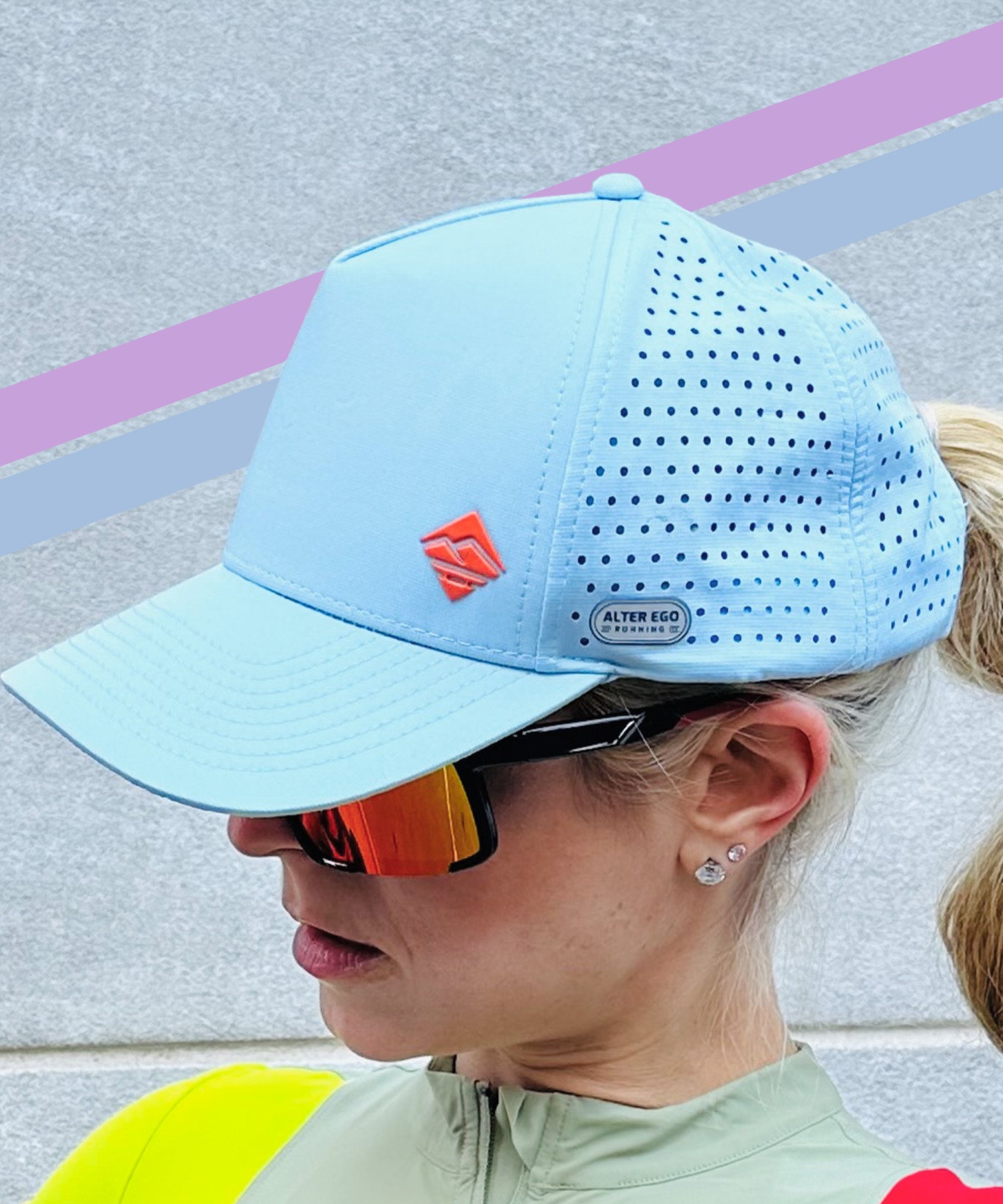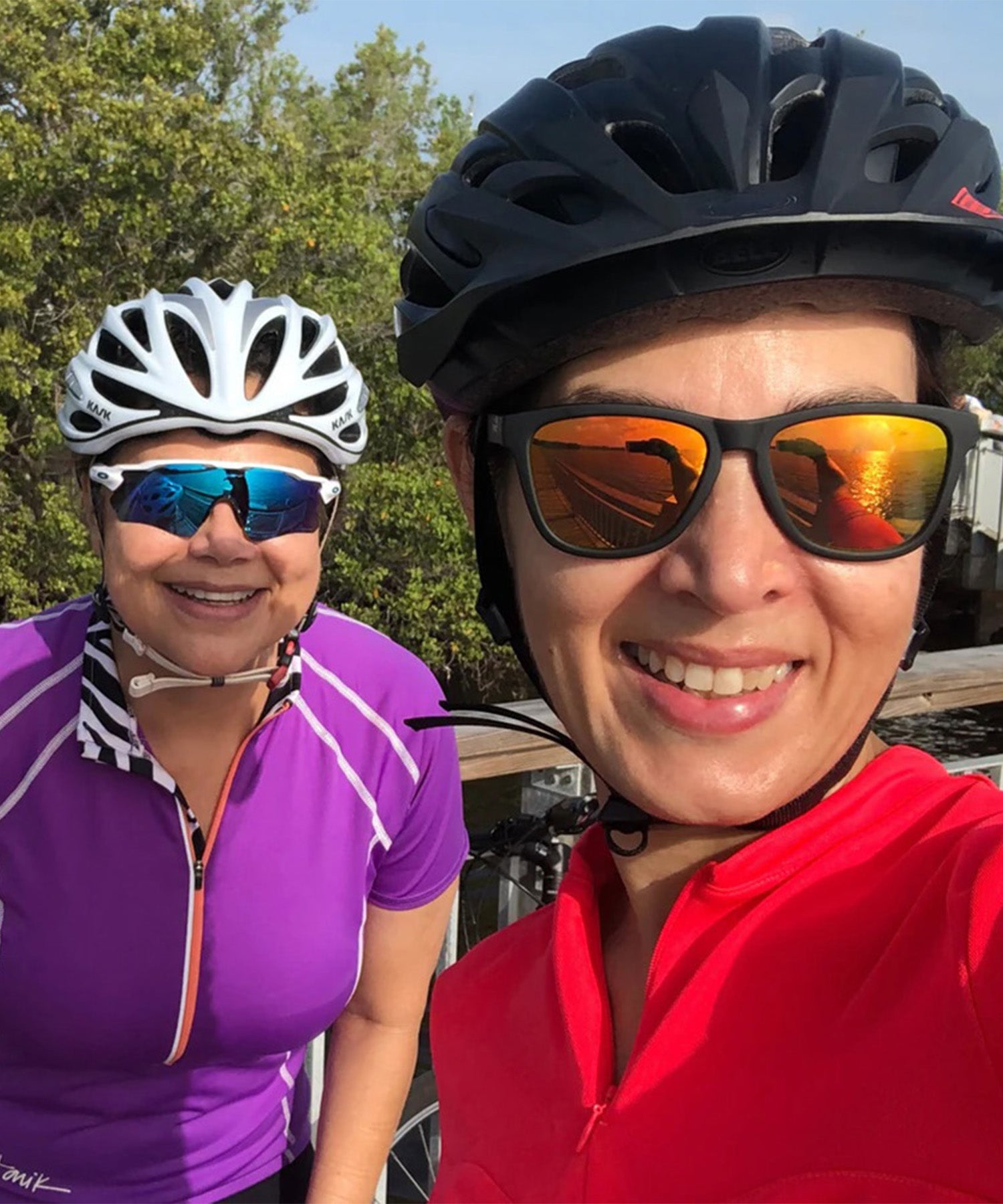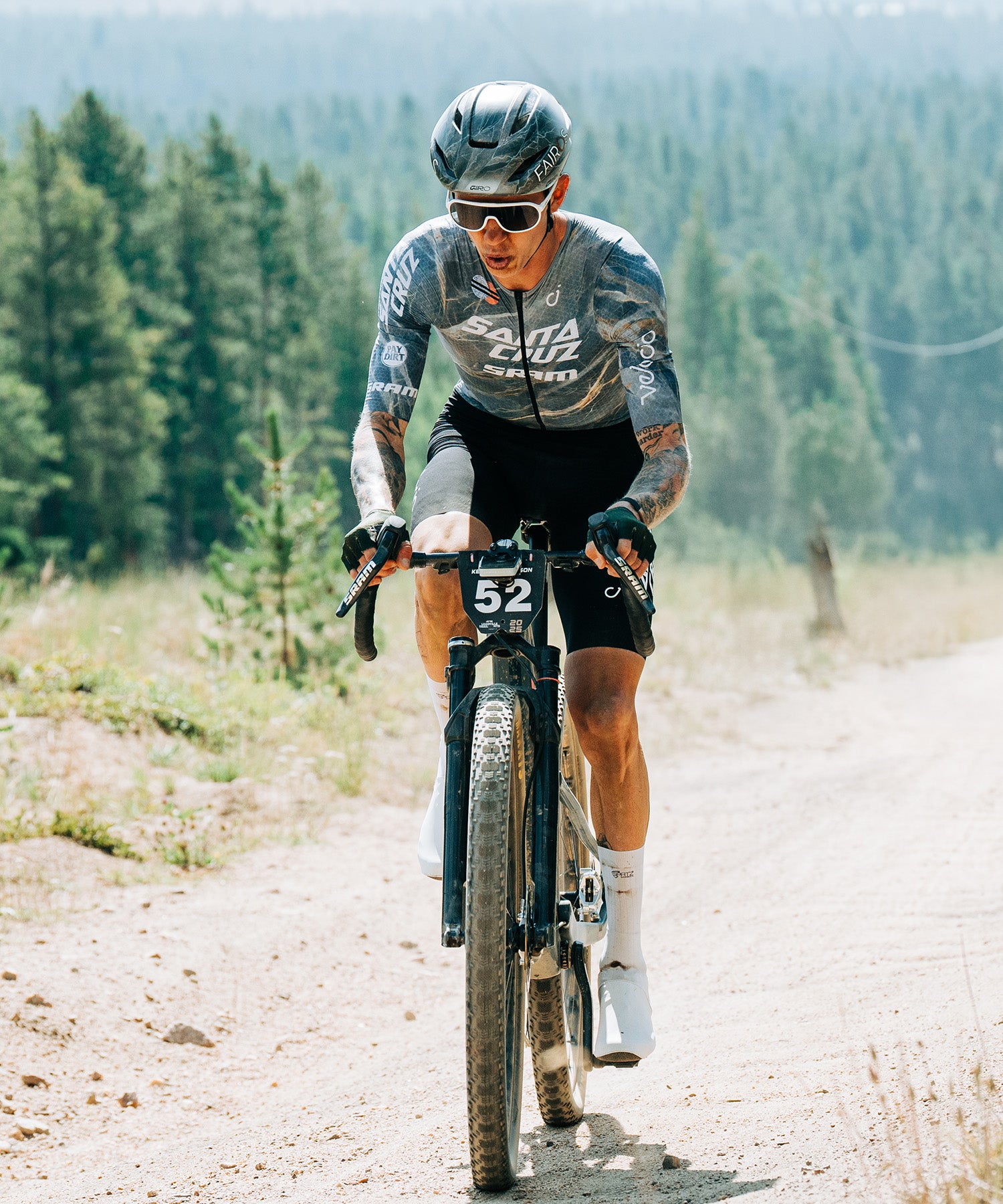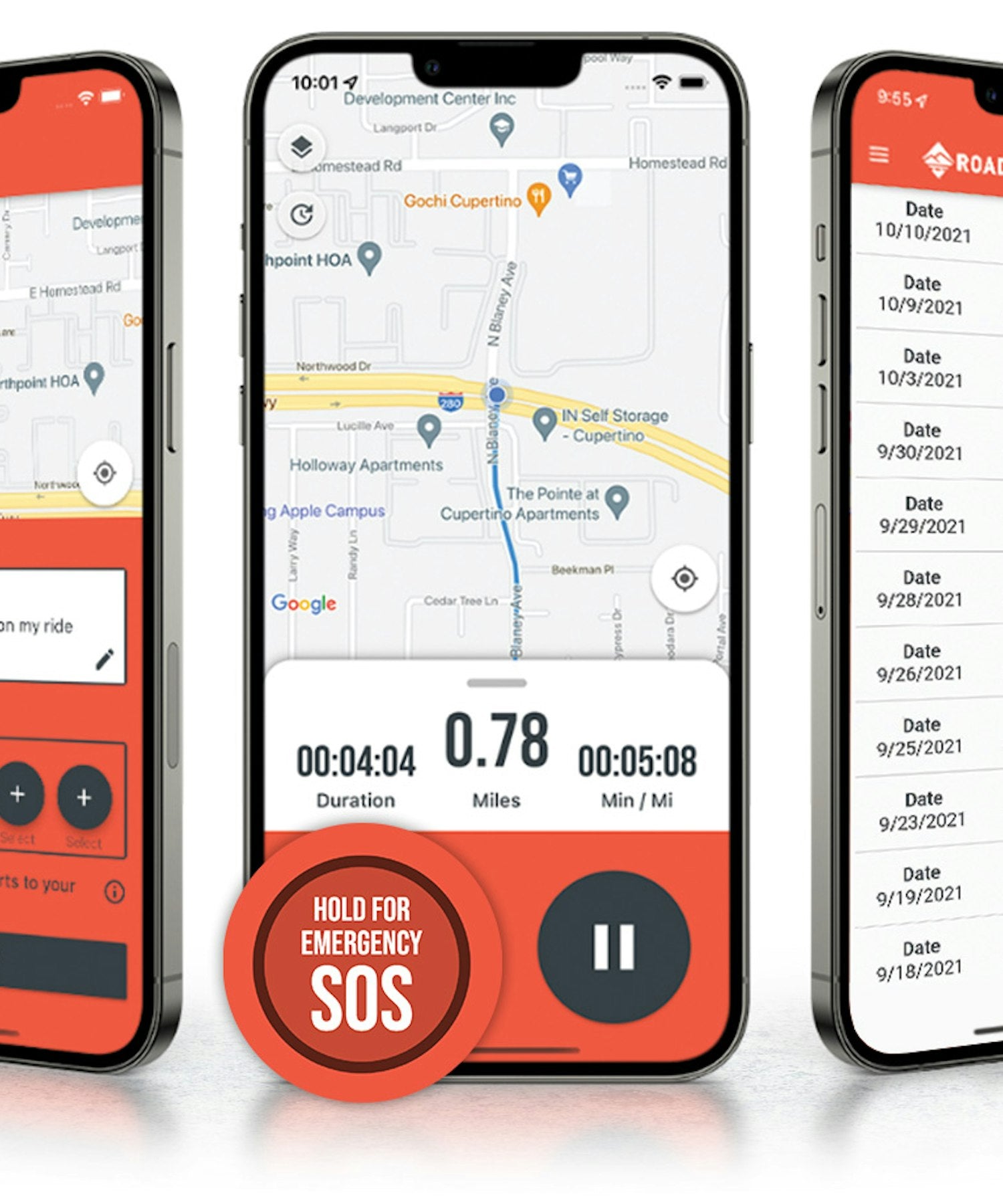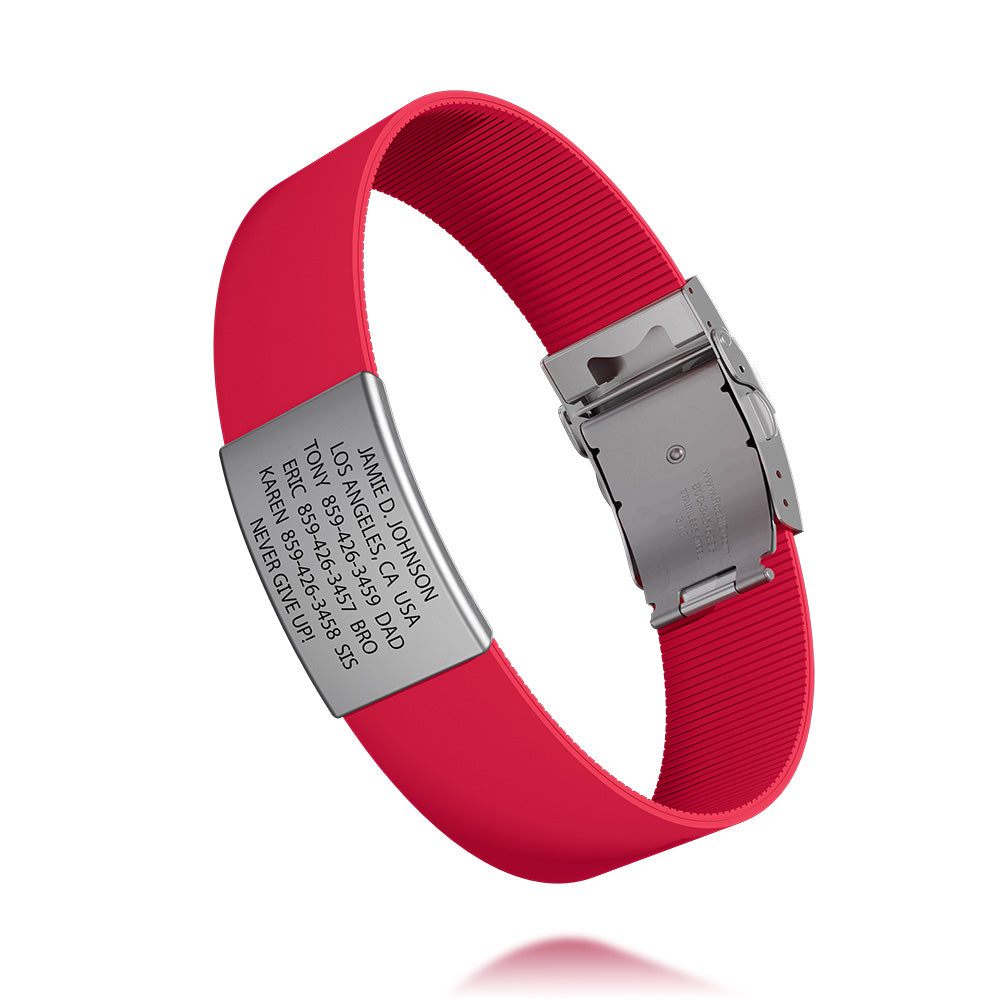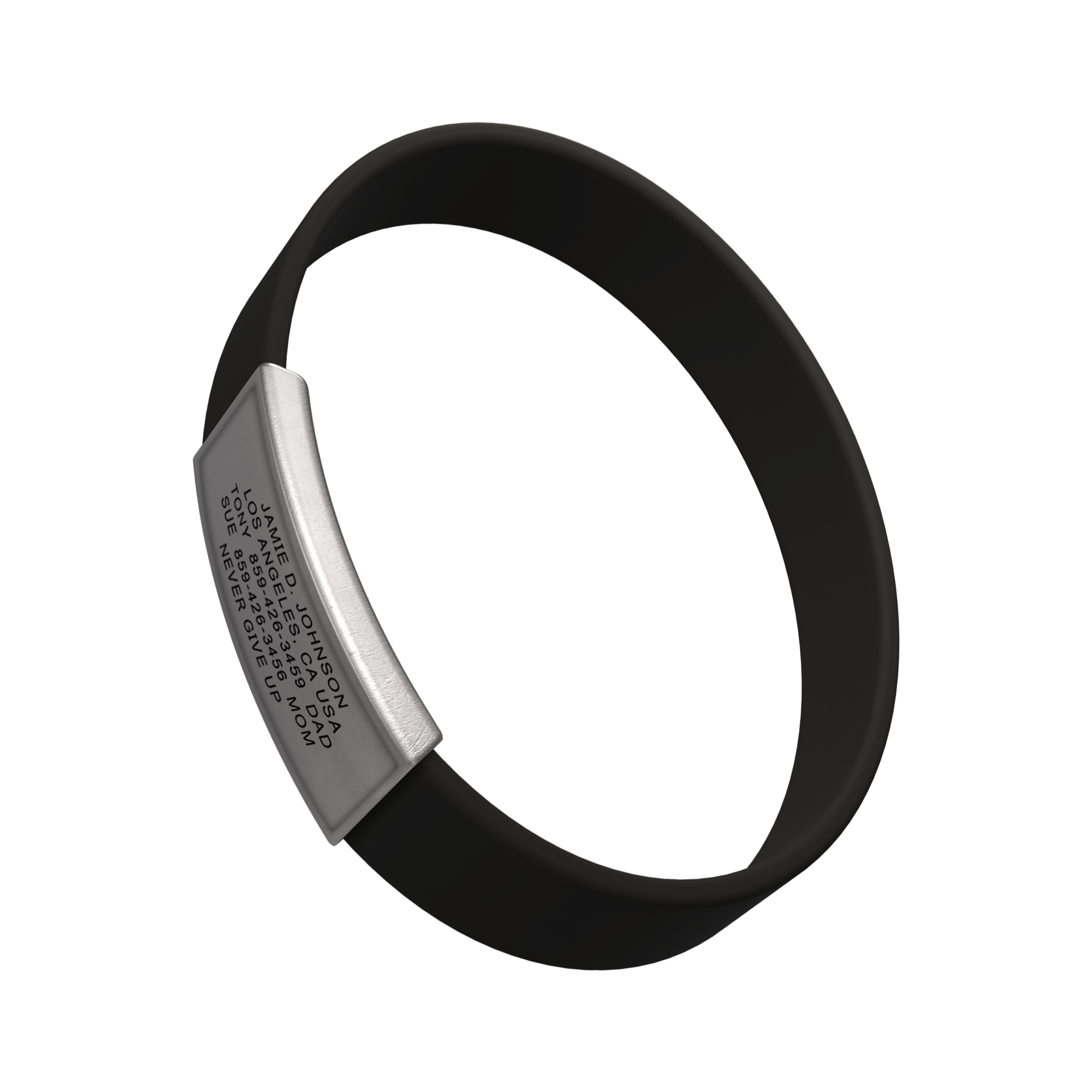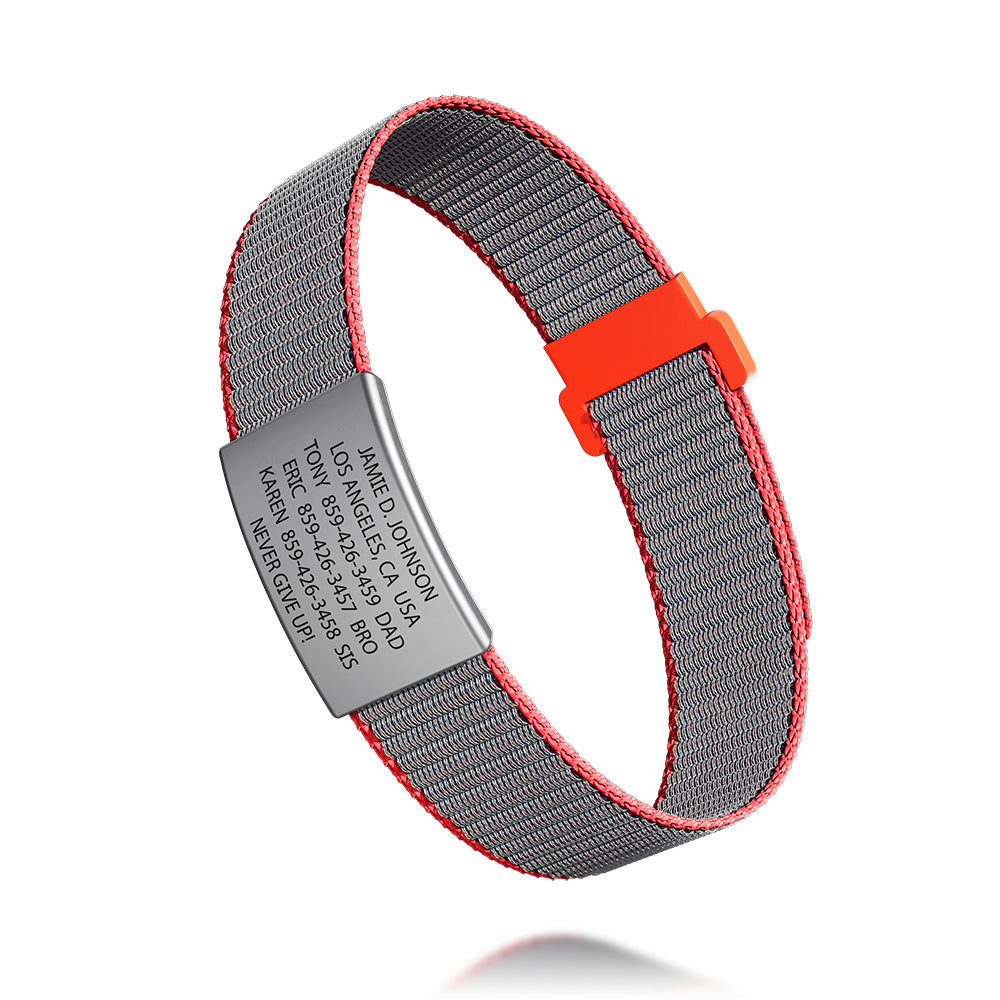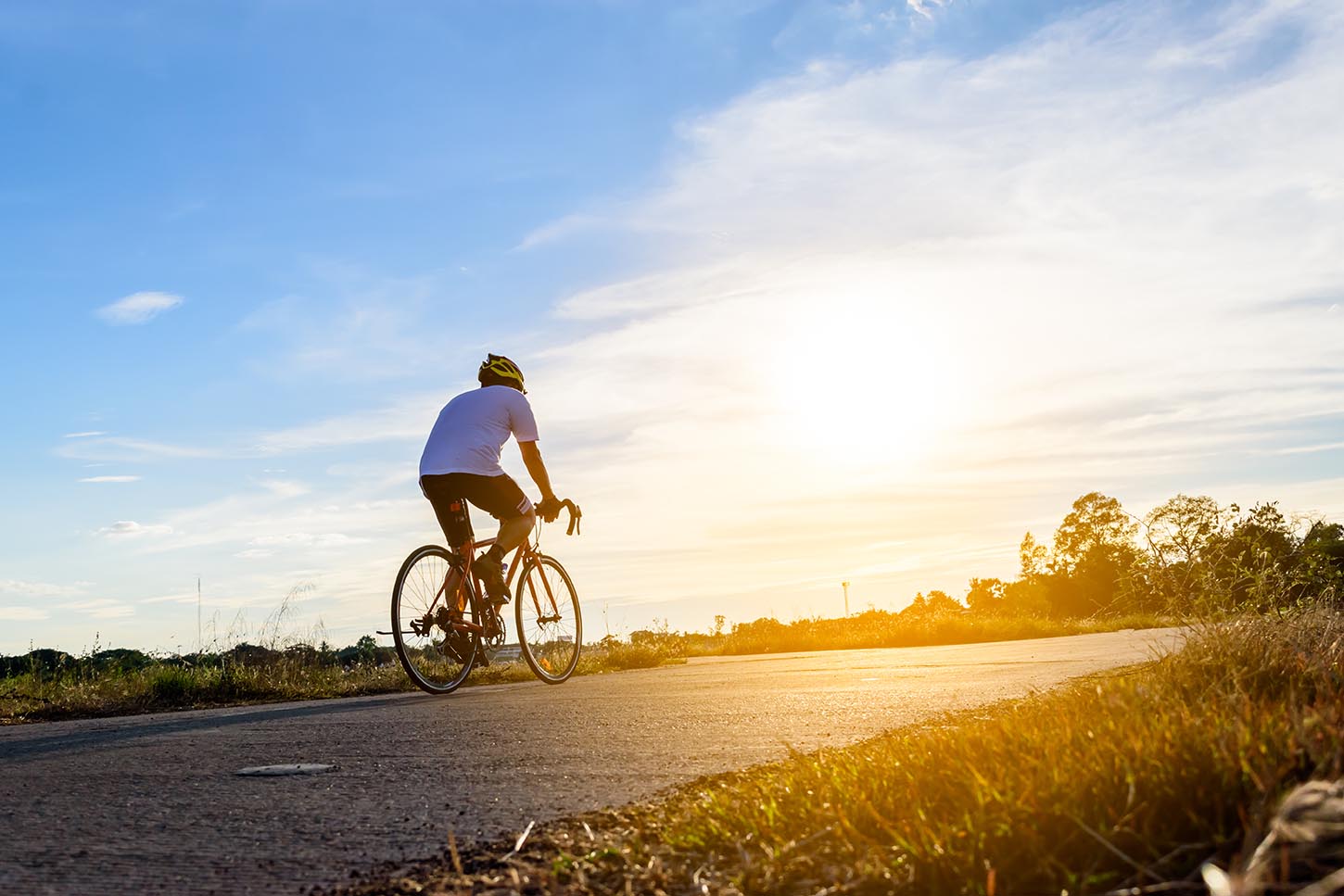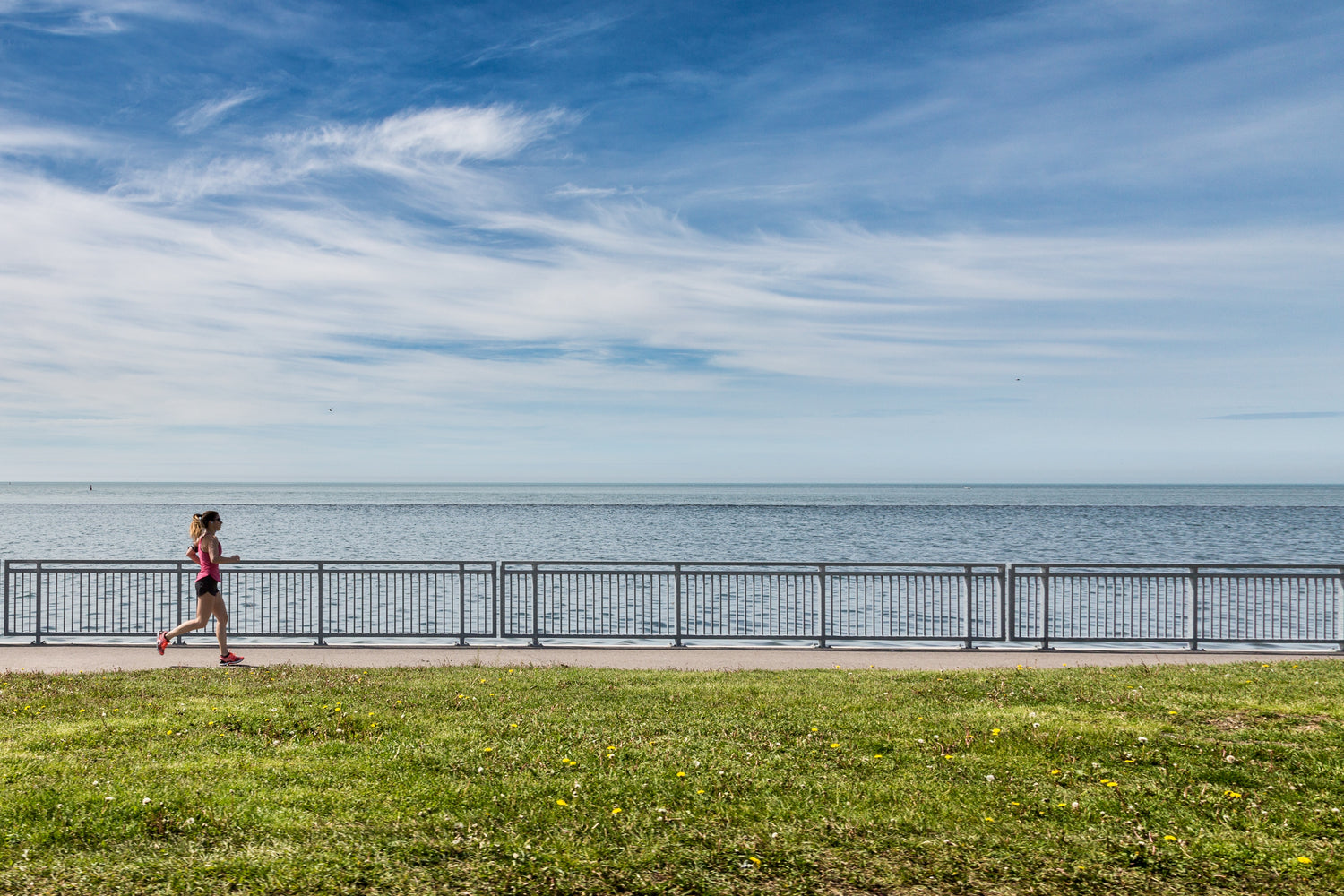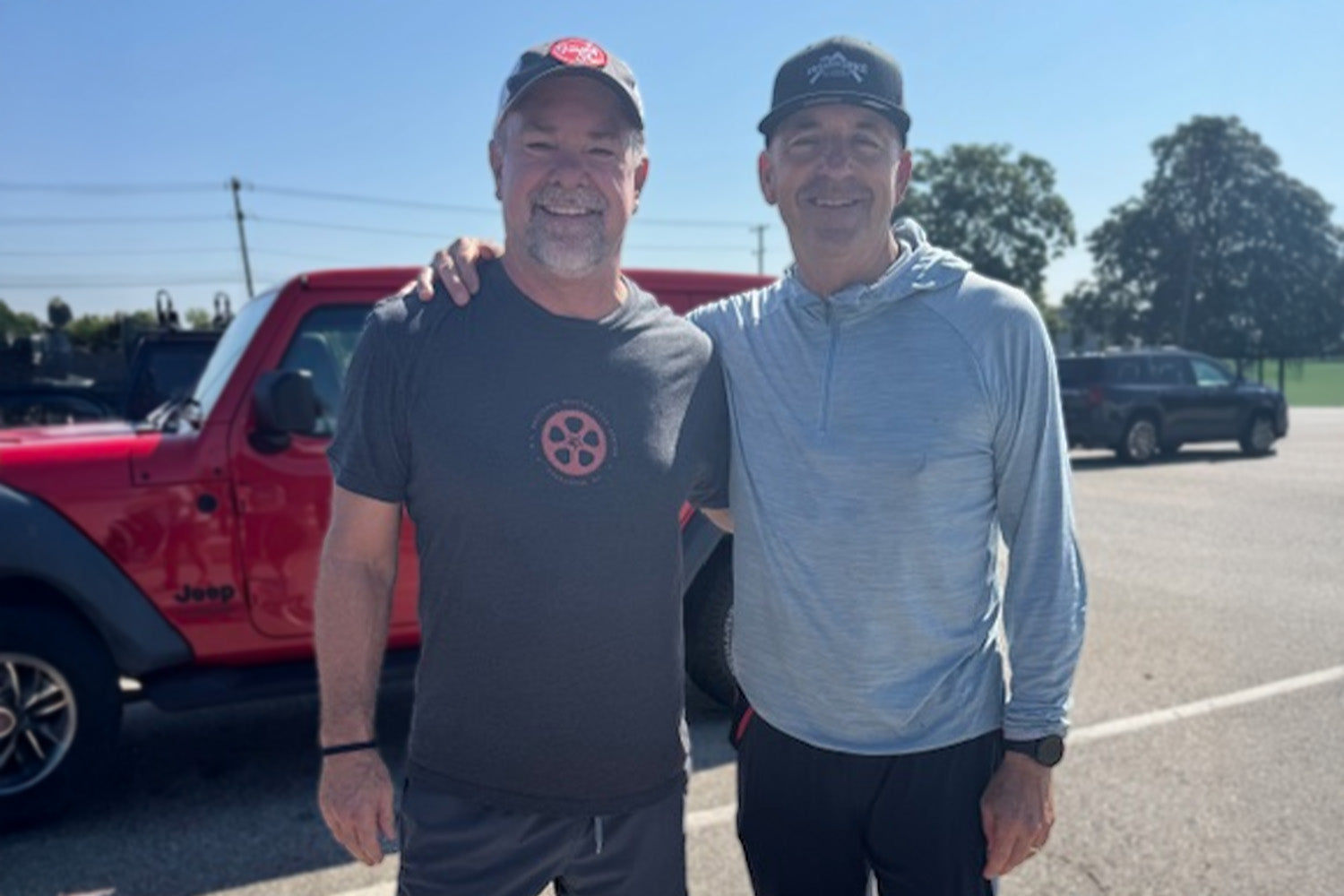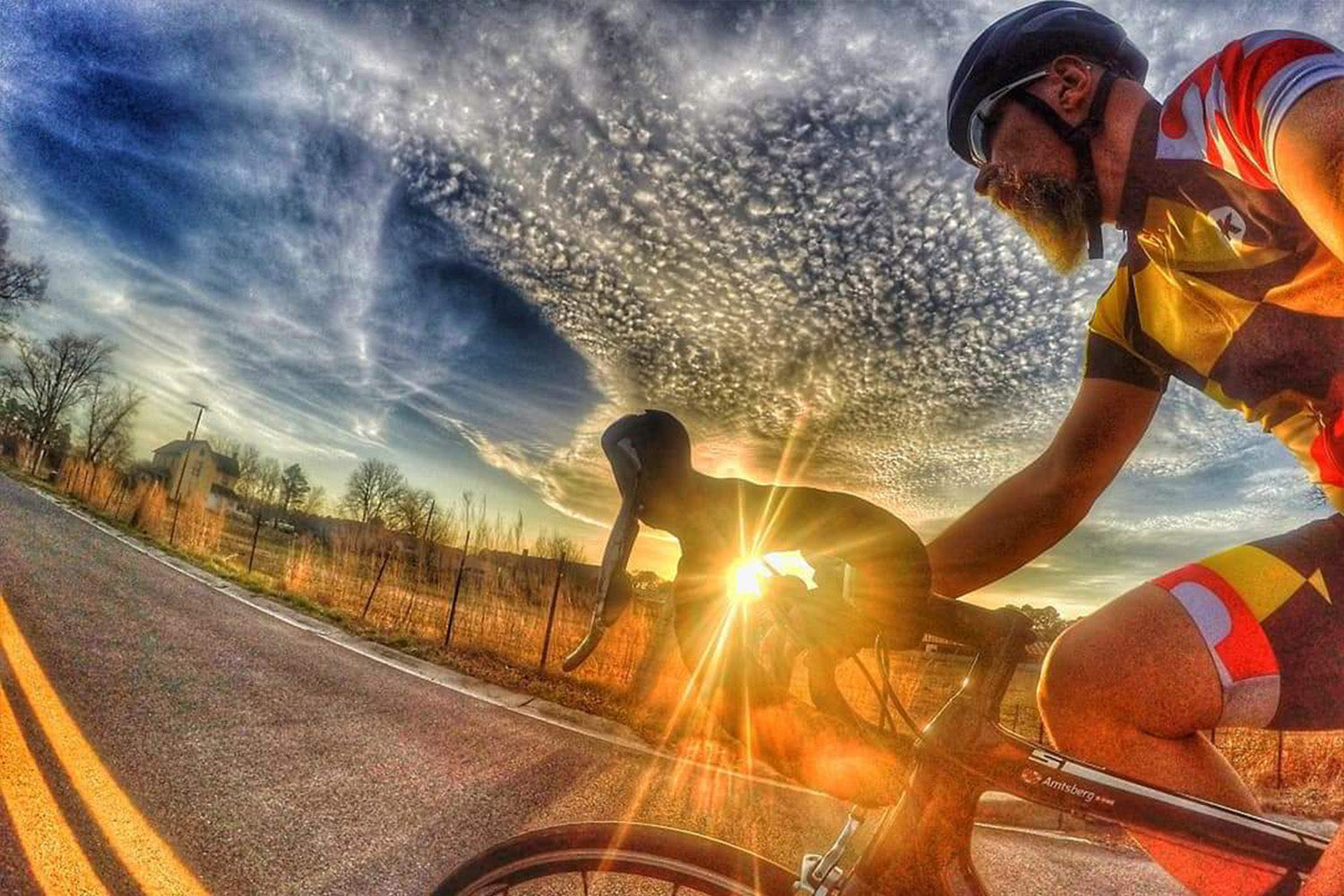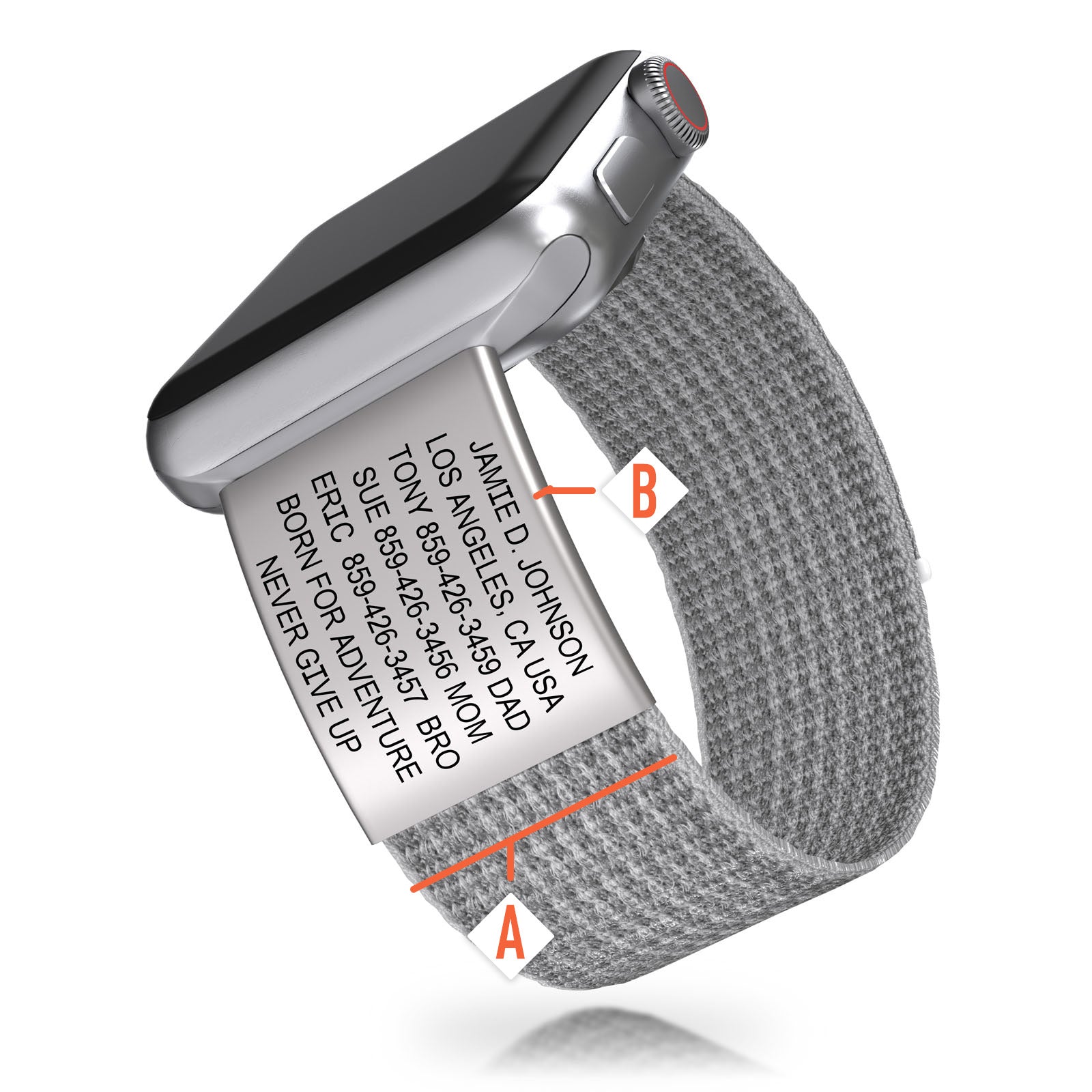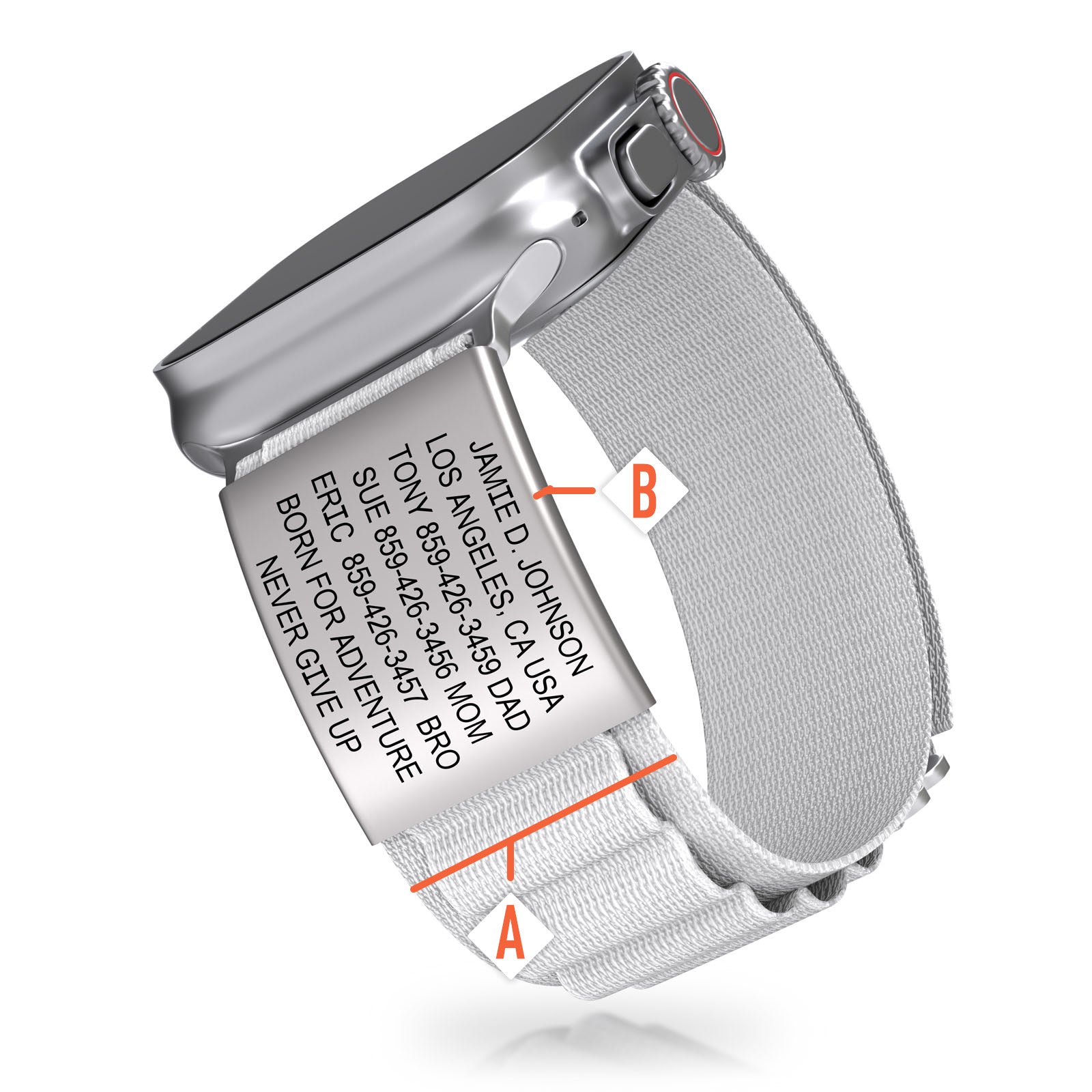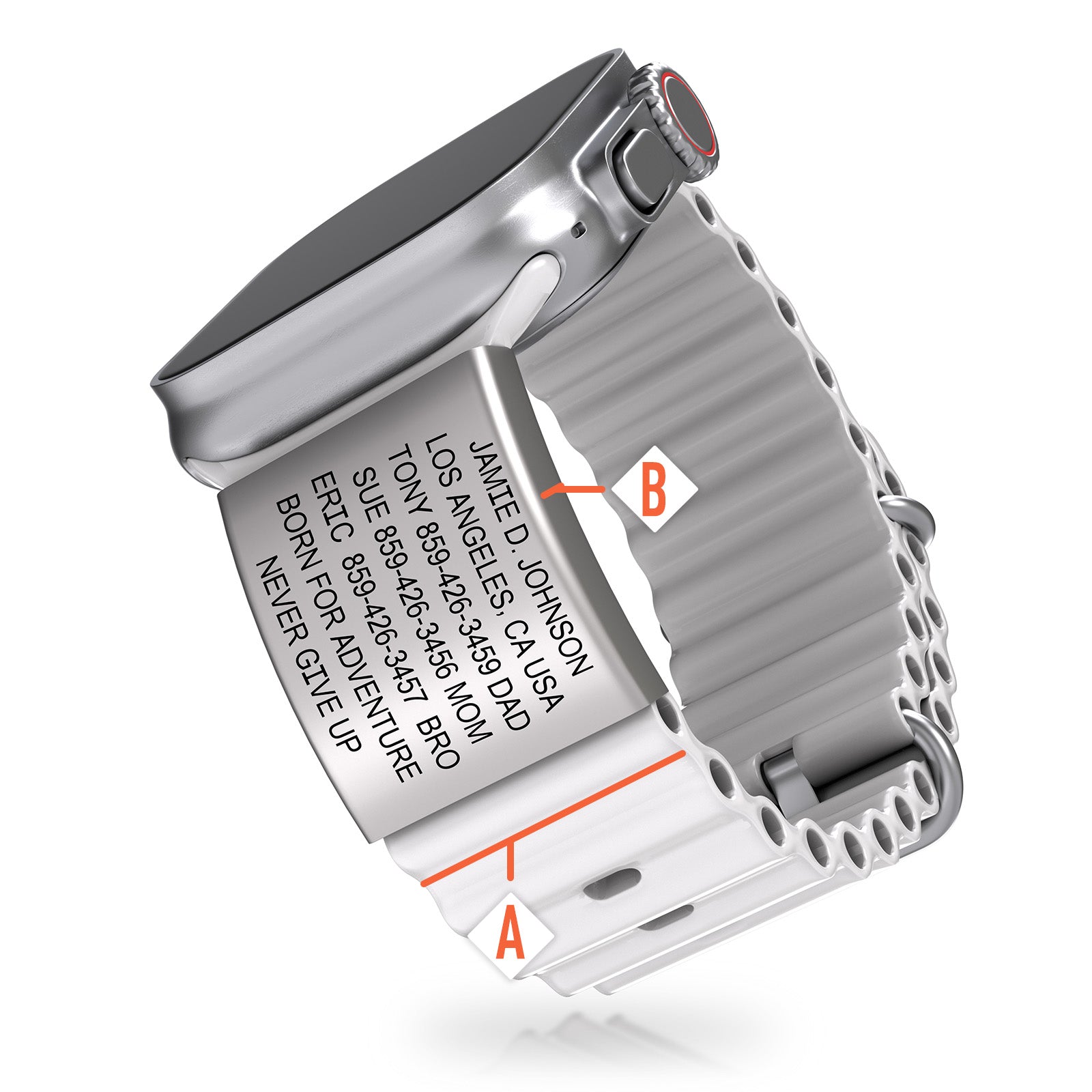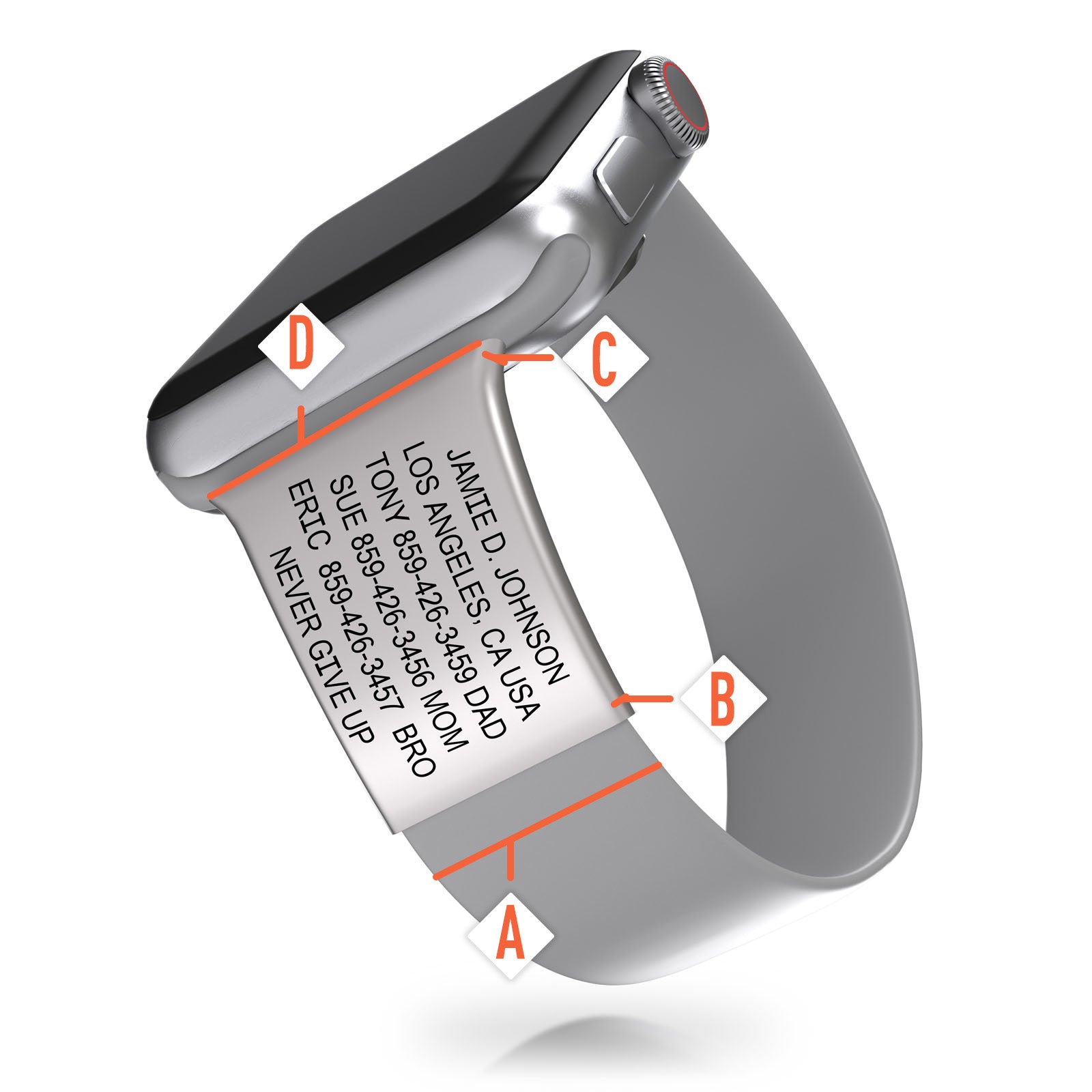
Is there any sport more rewarding than cycling? It’s hard to deny the thrill of hopping in the saddle, cranking out the miles and feeling the cool breeze through your hair, preferably somewhere scenic. On top of that, cycling is one of the best and most efficient ways to get a full-body workout. According to Harvard Health, you can burn up to 355 calories during a half hour of cycling at a speed of about 12 to 14 miles per hour, all while strengthening your muscles and conditioning your heart.
One key thing that differentiates cycling from other forms of exercise is speed. Sure, you might hit a pretty good clip jogging through the park or swimming laps in the pool, but the reality is that very few sporting activities put you at speeds of between 10 to 19 miles per hour alongside motorists moving even faster, all in a day’s ride. Speed — coupled with potentially dangerous and highly varied terrain — brings a few distinct safety considerations to the table, which all cyclists should understand.
Is Cycling Safe? Looking at the Data
Unfortunately, bicyclist accidents are on the rise, with fatalities reaching an all-time high in recent years. But that’s not to say you should be scared to ride. Most of these accidents have a few commonalities in terms of where they occurred, how they occurred and when they occurred. If you understand the data in detail, you’ll be able to arm yourself with the proper knowledge and safety gear to stay safe in the saddle.
According to the National Highway Traffic Safety Administration (NHTSA), bicycle fatalities fall into two categories — falls and accidents involving cars. All cyclists are at a higher risk of both kinds of accidents when one or more of the following three things is at play.

- An urban environment. Bicycle deaths generally occur in urban areas, with about 75 percent happening in the city and 25 percent happening in rural areas.
- Alcohol consumption. The NHTSA reports that alcohol is a factor in 37 percent of bike crashes each year.
- The time of day. Data shows that these incidents most often occur between the hours of 6 and 9 p.m., regardless of the season.
What does this information tell us? There’s no reason to stay off the road if you love to cycle and are willing to take preventative measures to stay safe. Knowing why, when and where the risk is greatest and doing your best to minimize it is the best course of action.
Like anything in life, minimizing cycling risks comes down to prevention. At ROAD iD, we want to equip you with the best bicycle safety gear and tips, including a top-quality medical alert bracelet, to help ensure that you’re as safe as possible with every mile you log.
Gear Up for Safety
For the safest possible cruising, you want to make sure your gear game is, well… in high-gear. The fact of the matter is that wearing the proper safety equipment saves lives, and it doesn’t take a ton of time, money or effort to equip yourself with this potentially life-saving layer of protection. Spend the time to invest in the following items before you head out for your next ride.

Helmet
The single most important piece of safety equipment for a cyclist is his or her helmet. A high-quality, properly fitting helmet can seriously reduce the severity of a brain or head injury in the event of an accident. But you need to be sure your helmet fits properly or it may not offer the right amount of protection.
- Size. Helmets come in an array of sizes to ensure that they properly protect the skull and brain. Try on multiple different helmets and opt for one that fits snugly around your head. Avoid buying your helmet online, as fit is such an important factor.
- Fit. When you adjust the side straps on your helmet, it should be tight enough that you can’t fit more than one or two fingers between it and your chin. When you yawn, the helmet should pull down on the top of your head.
- Position. Make sure your helmet is properly positioned so that it protects your skull but doesn’t limit visibility or comfort when you’re on the road. It should sit one or two finger-widths above your brow line and be level (not crooked) on your head.
Bike Safety Essentials
If your helmet is the most important piece of safety gear in your cycling safety arsenal, your bike is the runner-up! It has a major impact on the safety, stability and comfort of your ride, and you need to do everything you can to ensure that it’s properly equipped for whatever terrain you plan to traverse.
- Lights. Visibility is absolutely crucial for those cyclists out there who like to put in miles in the early mornings and evenings. By law, most states require you to have a white light on the front of your bike. The light must extend at least 500 feet ahead of you and must be turned on when riding at night or in low-light conditions.
- Reflectors. Do everything you can do to keep yourself visible to other motorists, cyclists and pedestrians, including equipping your bike with reflectors. Most states also require the use of reflectors, with laws requiring that reflectors be installed on the front, wheels, pedals and rear of your bicycle. You should also be willing to invest in high-visibility cycling apparel if you plan to cruise before or after dark.
- Mirrors. Just like when driving a car, a quick glance in the mirror can help you keep track of what’s behind you, most notably fellow cyclists and motorists. A bike mirror is especially important when you’re cruising through urban and high-traffic environments. You can easily attach a bike mirror to your handlebars or helmet so you always have a convenient rear view.
- Repair kit. As a cyclist, you’re responsible for keeping your bike in good working order to keep yourself and your fellow riders safe. Keep a small bike repair kit containing basic repair tools as well as a tire pump, spare tube, tire patch kit and tire levels so you have what you need in the event of an emergency.
Identification
Make sure you carry with you some form of identification to enhance safety in all scenarios. The simplest way to do this is via a cycling ROAD iD bracelet that contains your most crucial personal information, including your name, phone number and important medical information. These bracelets can serve as diabetic jewelry or be worn to inform of allergies and disabilities, indicating to first responders that you may need special care.

Inspect Before Every Ride
In addition to the terrain, environment and outside elements like motorists, there’s one big factor that can contribute to on-the-road safety — your bike! The last thing you want to do when gearing up for a long ride is take your bike’s safety for granted. Instead, make sure you spend a few minutes beforehand inspecting every element of your bike.
Tires
Before you head out, you want to give your bike an inspection from the ground up, beginning where the rubber meets the road.
- Check your tires for the proper amount of air pressure by squeezing the tire walls on each side. If there’s a lot of give, fill your tires with air until they feel firm.
- Inspect for any cracks, punctures or points of excessive wear, including lack of tread. If the tread is gone in some parts, it’s time to replace your tires.
- You always want to keep an eye on your tire’s air pressure throughout your ride and note if it seems to be dwindling rapidly. If the air seems to be escaping quickly, this could be an indicator that you need a new valve or tube.
Brakes
You never want to find yourself in a situation where you’re cruising at top speeds and don’t have a reliable braking mechanism. Before you head out, be sure to squeeze your brake levers — both in the front and rear — multiple times to ensure that they are working properly. Malfunctioning brakes don’t necessarily need to be swapped out entirely. You may be able to tweak and adjust the discs yourself to enhance performance.
Gears
Never mount your bike without giving the chain and gears a good once-over. It’s a good idea to make sure that your chain is properly lubricated by giving it a bit of oil before heading out for a long ride. A properly cleaned, maintained and lubricated bicycle gear system helps prevent wear, tear and rust while also ensuring that your drivetrain is in good shape. This helps keep you safe and protects the value of your bike for the long-term.
Seat Height
We all know what it feels like to ride on an ill-fitting bike. Besides being downright uncomfortable, it’s also quite unsafe. That’s because a poorly fitted bike can be extremely distracting and put you in a physically awkward position where you’re unable to control the pedals. At the same time, the wrong fit can put undue strain on your knees, back and ankles.
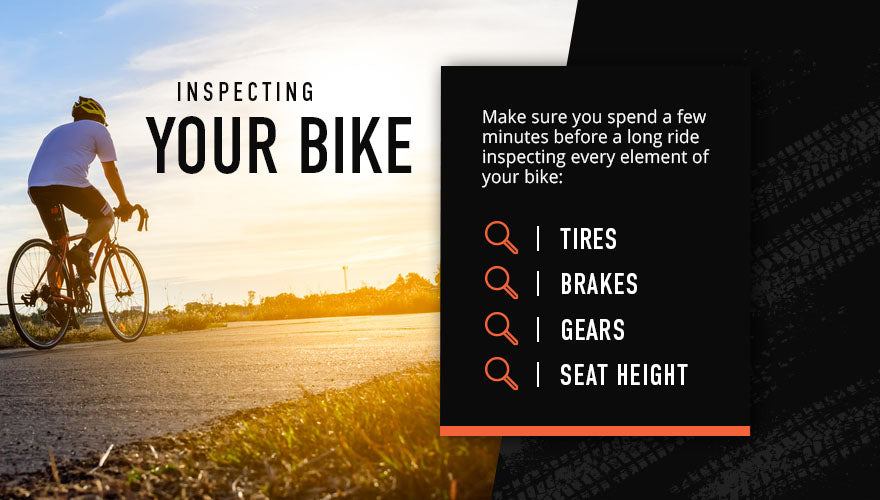
Ride Safely and Defensively
In addition to your gear and bike, the way you ride can have a massive impact on safety. Defensive cycling, like defensive driving, is a good approach to take to keep yourself out of harm’s way. However, unlike defensive driving, we don’t take complete courses on defensive cycling and we don’t have to pass a test on the subject in order to ride a bike. That means you must take the time required to master it yourself.
- Know your hand signals. This indicates to pedestrians, fellow cyclists and motorists of your intentions, which can drastically reduce the likelihood of an accident.
- Give yourself some space. Having ample space between your bike, vehicles, the curb and natural landscapes can help ensure that you have enough time to safely react to hazards. Extra space allows you to dodge open car doors, potholes, passing cyclists, wildlife, etc.
- Follow all traffic laws and signals. Be a predictable cyclist. We all love that we have the ability to cruise through traffic jams and slow stoplights, but not obeying traffic laws can put us in harm’s way. Always follow all traffic rules, as this keeps you predictable to fellow motorists so they know what to anticipate in every scenario.
- Make eye contact. Making eye contact with other drivers, bikers and pedestrians helps you indicate your intentions to others and vice versa. For example, if a motorist makes eye contact with you while you’re crossing his path, you know he sees you and you can proceed with caution.
Prevention Is Key
Cycling is one of the most efficient means of transportation, one of the finest ways to get fit and an incredible way to see a city or natural landscape. And when you spend a bit of time focusing on cycling safety and accident prevention, it’s also one of the safest ways to get around. Just make sure you’ve got the proper identification, gear and knowledge needed to stay out of harm’s way on your next ride.
Shop Cycling ID Bracelets
Image Credits
Source: Robsonphoto/Shutterstock.com
Source: PopTika/Shutterstock.com
Source: Duncan Andison/Shutterstock.com
Source: Vandathai/Shutterstock.com
Source: LovetheLifeyouLive/Shutterstock.com
Source: bogdan ionescu/Shutterstock.com
Source: FabrikaSimf/Shutterstock.com
Source: LongQuattro/Shutterstock.com
Source: maxpro/Shutterstock.com
